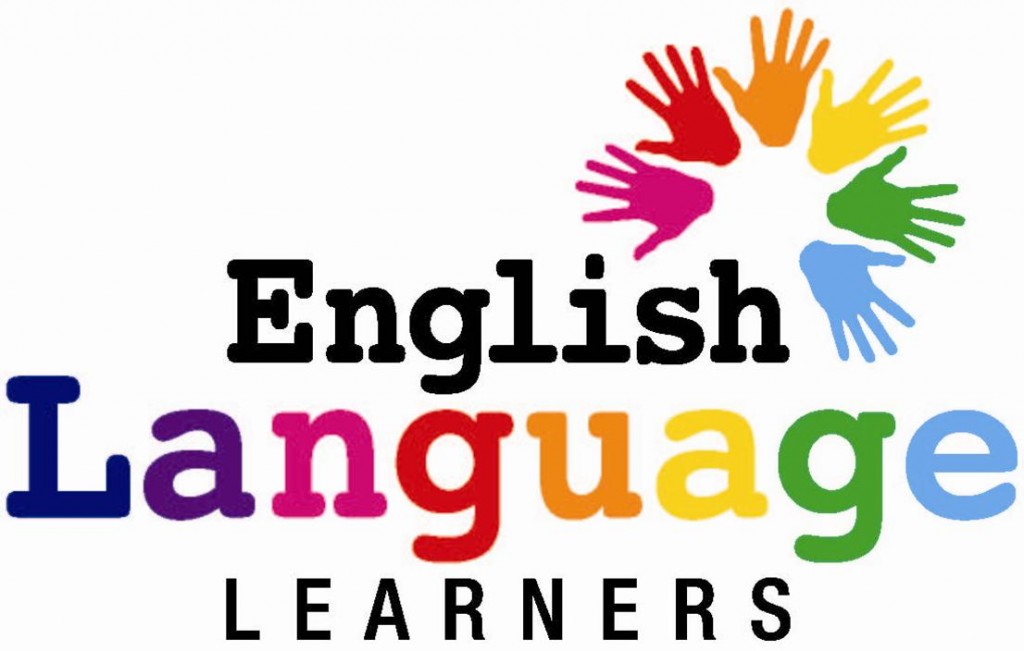Hello Aspirants.
Welcome to Online English Section with explanation in AffairsCloud.com. Here we are creating question sample in Reading comprehension, which is BASED ON Bank EXAMS 2018 !!!
Reading comprehension
Directions (Q.1-10): Read the following passage carefully and answer the questions given below it. Certain parts are given in bold to answer some of the questions based on the passage.
People have long circulated news via word-of-mouth, and as language evolved into writing and literacy – and governments played larger roles in people’s lives – sharing information became a necessity. However, disseminating news and information on paper presented significant challenges. When each copy had to be handwritten, mass distribution was impossible. The invention of the printing press paved the way for “true” newspapers The first true newspapers arrived after Johannes Gutenberg introduced his movable type printing press to the European world around 1440. Though printing presses with movable type had existed in eastern Asia for around two centuries, they never made it to Europe; furthermore, Gutenberg’s version made it significantly faster to mass produce documents.
By 1500, the printing press had made its way throughout Europe, and news sheets (or news books) were mass-distributed. The first weekly newspaper was published in Germany by Johann Carolus in 1604. Called Relation aller Fürnemmen und gedenckwürdigen Historien, the publication satisfied the four tenets of a “true” newspaper: • Accessibility by the public • Published at a regular interval (daily, weekly, monthly, etc.) • Information is current • Covers a variety of topics (politics, events, entertainment, sports, etc.) Despite meeting the requirements for a newspaper, there is some debate as to whether The Relation qualifies as the world’s first newspaper since it was printed in quarto, not folio, size. It’s worth noting the World Association of Newspapers considers The Relation the first true newspaper.
Other German newspapers followed, and in 1618 the world’s first broadsheet newspaper printed in folio size was published in Amsterdam, called Courante uyt Italien, Duytslandt, &c. The newspaper format soon spread throughout Europe, with newspapers published in Spain, France, and Sweden. The first English newspaper was published in 1665 in Oxford, England. Known as the Oxford Gazette, the newspaper moved to London in 1666 and was renamed the London Gazette. It’s still being published today.
- What did Language evolved into ?
1. literacy
2. (1) and (3)
3. writing
4. word of mouth
5. handwrittenAnswer : 2)
Explanation:
Option 2 is suitable - Where was the first weekly newspaper published in 1604 ?
1. London
2. France
3. England
4. Germany
5. SwedenAnswer : 4)
Explanation:
Option 4 is suitable - What were the four tenets satisfied by Relation aller Fürnemmen und gedenckwürdigen Historien of a “true” newspaper ?
1. current information
2. covering vast topics
3. Accessibility by the public
4. published at regular interval
5. all of the aboveAnswer : 5)
Explanation:
Option 5 is suitable - Where was the first English newspaper published in 1665 ?
1. Spain
2. France
3. England
4. Sweden
5. LondonAnswer : 3)
Explanation:
Option 3 is suitable - Which newspaper is considered as the first true newspaper by the World Association of Newspapers ?
1. The Relation
2. Fürnemmen und gedenckwürdigen
3. Historien
4. Duytslandt
5. none of theseAnswer : 1)
Explanation:
Option 1 is suitable - When the newspaper moved to London in 1666 , what was it renamed?
1. Courante
2. Oxford Gazette
3. The Relation
4. German Gazette
5. London GazetteAnswer : 5)
Explanation:
Option 5 is suitable - Which among the following is MOST SIMILAR in meaning to the word ‘Disseminating’ ?
1. reign
2. circulation
3. abound
4. transform
5. perturbAnswer : 2)
Explanation:
Disseminating – the act of spreading something - Which among the following is MOST SIMILAR in meaning to the word ‘Accessibility’ ?
1. mental stability
2. incurability
3. approachability
4. preponderance
5. over allAnswer : 3)
Explanation:
Accessibility – the quality of being able to be reached or entered - Which among the following is MOST OPPOSITE in meaning to the word ‘Evolved’
1. diminish
2. confound
3. blister
4. bewilder
5. flurryAnswer : 1)
Explanation:
Evolved- develop gradually - Which among the following is MOST OPPOSITE in meaning to the word ‘Existed’ ?
1. disarrange
2. muddle
3. impinge
4. ferment
5. ceaseAnswer : 5)
Explanation:
Existed – live or survive



